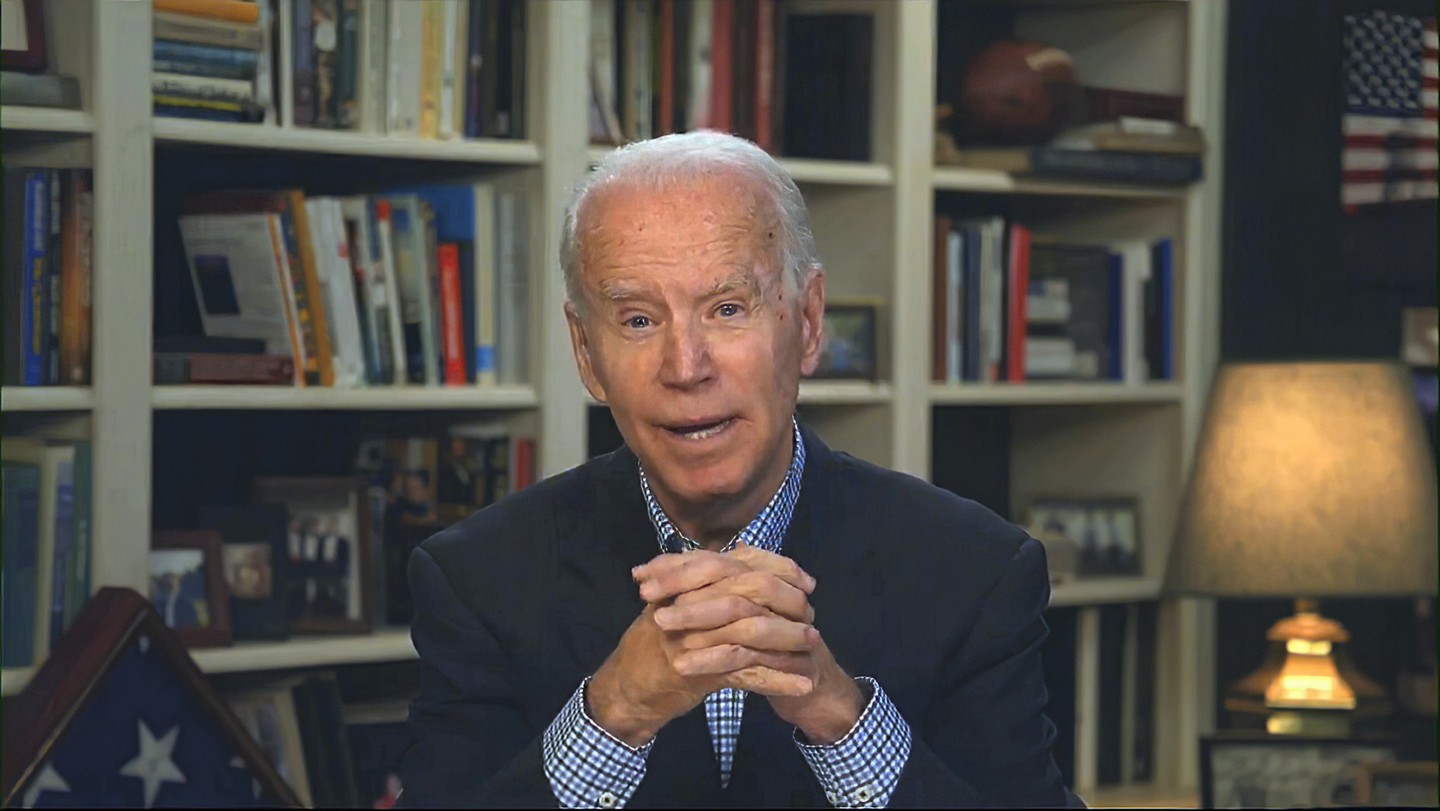Does Joe Biden Have a Generation X Problem?
April 6, 2020#election2020 #JoeBiden #GenerationX

Joe Biden’s purported weakness with younger voters isn’t borne out by March trial heat poll data, as I showed in my previous RealClearPolitics column. But Biden still may have a generation problem -- not with Generation Y or Z, but with Generation X.
In most recent polls, Biden bests Donald Trump with voters under 40 as well as those 65 and over, but not in between. For example, in the March ABC/Washington Post poll, Biden wins with seniors by 15 percentage points, but loses 40-somethings by 17 points. Monmouth University tracks voter preference for those 55 and over, and between 35 and 54; in March, Biden won the older set by four points, and lost the middle-aged set by 13.
Biden’s current V-shaped pattern of generational support is a departure from the last two Democratic president nominees. When plotting the support of Barack Obama and Hillary Clinton from the exit poll data of their respective presidential campaigns, you draw a downward diagonal line; the older the voter, the weaker the support.
Both Obama and Clinton represented cultural shifts, perhaps diminishing Democratic competitiveness among seniors who had otherwise been open to a party long identified with Social Security and Medicare. The presumptive Democratic nominee in 2020 symbolizes comforting nostalgia more than unsettling change. You can’t even throw an “OK, Boomer” taunt at Joe Biden because, at 77, he’s too old to be Baby Boomer. (If Biden wins, he will be the first member of the Silent Generation to occupy the presidency.) That helps explain his pull with the 65-and-over crowd.
But why is Biden soft with voters between 40 and 64? (That age cohort encompasses all of Generation X, plus younger Boomers.) This is a bit of a mystery.
Today’s middle-aged voters are not markedly more conservative than senior citizens. According to a Gallup analysis of polls from 2019 gauging voter ideology, “conservatism is strongly correlated with age.” Forty-six percent of Americans 65 and over self-describe as conservative, versus 42% for those between 50 and 64, and 34% for those between 30 and 49.
Is there something about Donald Trump’s non-traditional, populist conservatism that has held special sway with the middle-aged? Not according to generational breakdowns of his approval numbers. Over the last six months, in almost every week that The Economist/YouGov poll tracked Trump’s job approval, respondents 65 and over were more likely to give Trump high marks than those between 45 and 64.
One exception was in the most recent poll taken March 29-31, in which 55% of middle-aged respondents approved of Trump’s performance versus 50% of seniors. In that same poll, the middle-aged backed Trump over Biden by eight points, while with seniors it was only by one. (Biden held an overall lead of four points in this poll. If he only held Trump to an effective draw with seniors, that would still be a big improvement compared to Obama and Clinton, and possibly sufficient for ultimate victory.)
Trump’s March middle-aged bump could be temporary statistical noise. But we have experienced two major developments: Joe Biden’s dominance of the Democratic primary and a pandemic shutting down most of the economy. It’s possible that seniors are more inclined to view their fellow senior as reassuring -- conservative in temperament if not in ideology -- whereas Generation Xers and younger Boomers may see Biden as less vigorous than Trump, especially during a period where Trump is delivering daily televised briefings with his trademark bluster, and Biden is stuck fiddling with Skype in his basement.
But such explanations are highly speculative. Moreover, we can’t know if these generational differences will continue to shape the race, or if Trump’s approval numbers will change significantly -- in one direction or another -- based on his handling of the pandemic, rendering any generational differences irrelevant.
Nevertheless, Biden appears to be changing the demographic fault lines of presidential politics. Instead of a generational war between young and old over the cultural direction of the country, Biden’s Warren Harding-esque call for a return to normalcy is attracting new support for Democrats from the oldest voters, while holding on to support from a younger generation long scarred by war and financial instability. However, for whatever reason, that pitch is not instantly resonating with the middle-aged.
Biden’s task is to develop strategies for all three age cohorts. One, firm up support with the people from Generation Y and Z, who begin the general election largely with Biden but may not yet be enthusiastic about it. Two, seize the opening with seniors; don’t only hold virtual roundtables about youth issues, but also find ways to connect with older voters and spotlight their issues. And three, identify what is causing Generation X and younger Boomers to withhold support, and determine if there are issue positions and messages of Biden’s that would better resonate with them.
For Biden to be ahead in most polls among the young and the old puts him in a strong position. If he can solve his Generation X problem, he would be unstoppable.
Source: https://www.realclearpolitics.com/

